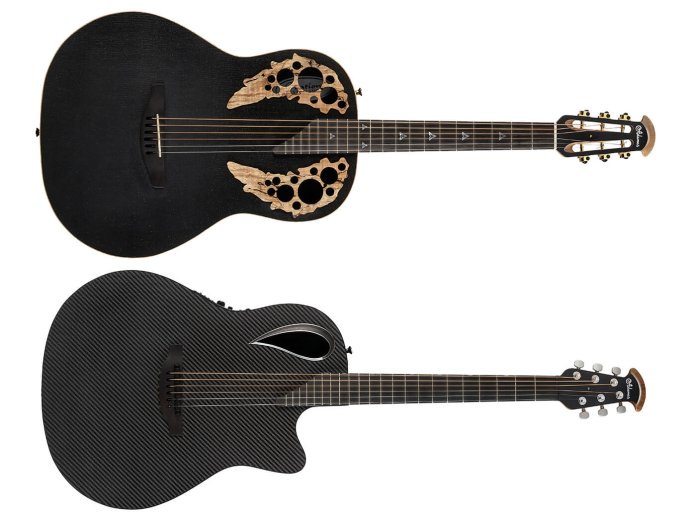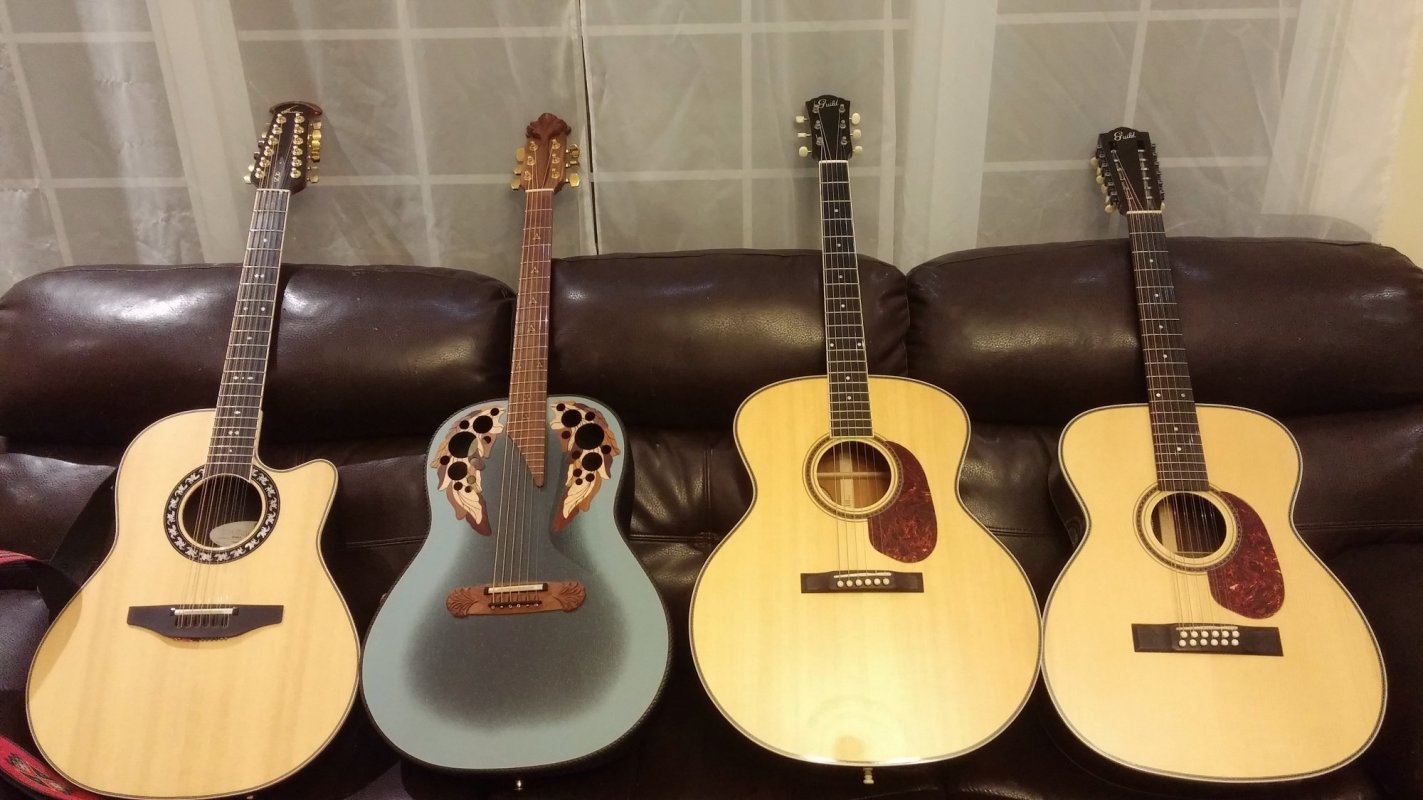- Joined
- Nov 23, 2021
- Messages
- 3
- Reaction score
- 4
- Guild Total
- 1
Hey all, I’m very new to this forum. I just acquired a Guild Orpheum Orchestra 12-feet rosewood model and I’m in love. I’ve always been curious about Guilds after watching Hendrix & SRV to name a few, but never saw one in person I liked as much as this.
My first American-made acoustic guitar was a Martin CEO-7, which was a college graduation gift from my family. I ended up trading it for a Gibson J-50 because I realized I like Gibson voicing more than Martin. As happy as I was and still am with my Gibson, I always missed the playability of the Martin.
This Orpheum model seems to check all the boxes for me. Extremely comfortable neck reminiscent of that guitar, perhaps a little better. It’s my first rosewood guitar so I like the bass a lot. The Gibson scale length and 12 fret body make this feel like a cheat code while playing .
.
Being a math nerd I decided to look up the dimensions on Guilds site and compared it to a regular Martin 000 size body. I noticed that the lower bout is wider (15.75”) and it’s slightly less deep. This really got me wondering about why they chose this. My understanding is that Ren Ferguson designed this line and had Martin, Gibson as well as the Larson Bros for inspiration.
Can anyone help me understand what the subtle differences in dimensions represent? Does it give the guitar a little more bass? Is this modeled after a particular Larson Bros model you know of? Or is it simply done to differentiate from the original for aesthetics mostly?
Thanks in advance for your insights. Hope you’re all enjoying your Guilds!!!
My first American-made acoustic guitar was a Martin CEO-7, which was a college graduation gift from my family. I ended up trading it for a Gibson J-50 because I realized I like Gibson voicing more than Martin. As happy as I was and still am with my Gibson, I always missed the playability of the Martin.
This Orpheum model seems to check all the boxes for me. Extremely comfortable neck reminiscent of that guitar, perhaps a little better. It’s my first rosewood guitar so I like the bass a lot. The Gibson scale length and 12 fret body make this feel like a cheat code while playing
Being a math nerd I decided to look up the dimensions on Guilds site and compared it to a regular Martin 000 size body. I noticed that the lower bout is wider (15.75”) and it’s slightly less deep. This really got me wondering about why they chose this. My understanding is that Ren Ferguson designed this line and had Martin, Gibson as well as the Larson Bros for inspiration.
Can anyone help me understand what the subtle differences in dimensions represent? Does it give the guitar a little more bass? Is this modeled after a particular Larson Bros model you know of? Or is it simply done to differentiate from the original for aesthetics mostly?
Thanks in advance for your insights. Hope you’re all enjoying your Guilds!!!


